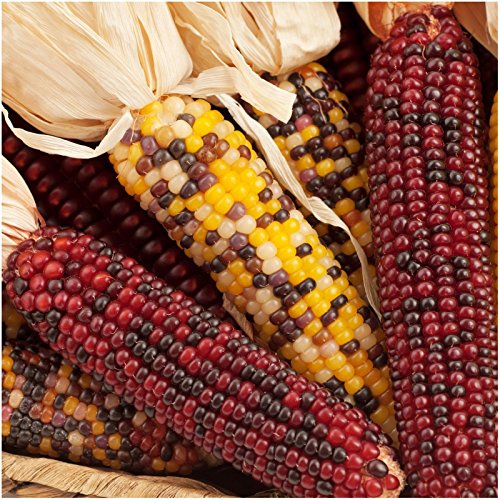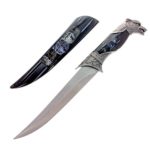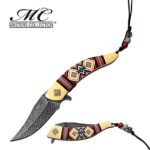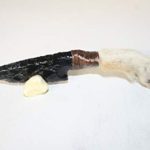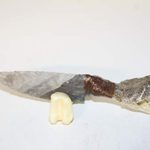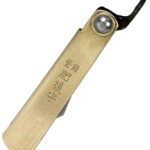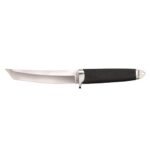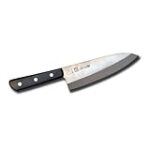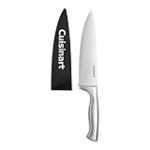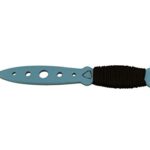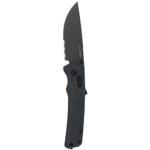200 Seeds, Indian Corn Seeds, Ornamental Mixture (Zea mays)
Corn will typically take anywhere between 7 to 14 days to germinate, if optimal conditions are met. The plants can grow to a towering, 7 feet tall and can spread about 18 inches wide. Corn can be spaced 12 to 15 inches apart from one another, in rows that are spaced about 30 to 36 inches apart.
- Indian corn is known for being multicolored. Different kernels on the same cob may have different colors, the most common of which are orange, yellow, brown, red, and navy. Indian corn is typically smaller than the type of corn you buy at the store, with a diameter of one inch and a length of 8-12 inches. The stalks themselves can grow 4-5 feet.
- Indian corn is, in fact, a variation of the maize plant. The maize plant doesn’t occur naturally in the wild. Rather, it was domesticated thousands of years ago by indigenous Mexicans. The ancestor of corn is a wild grass called Balsas teosinte. As the grass was bred for better seed yields, then later, better kernel yields, the vegetable we know as corn came to exist. Indian corn specifically is an early variation, used for milling and storage.
- When people see Indian corn, they typically think decor. But, did you know that it can be eaten, too? The other term for it is flint corn, which refers to the fact that the kernels of these ears are incredibly hard – like flints. Due to the nature of the kernels, this is not a corn to be eaten on the cob, or to be cooked as sweet corn. The kernels consist of soft starch surrounded by a shell of hard starch.
- If you’re going to cook your Indian corn, you have a few methods. The hard, starchy, kernels are good to make cornmeal out of. From the larger hunks out of the grinding process, you can make good grits or polenta. The finer cornmeal can go into cornbread, corn muffins, or corn tortillas. The kernels are already dry, but you will want to dry them more before grinding.
- Corn can also be popped on the cob! Try buttering the cob before putting it in a brown paper bag, and into the microwave. As a baseline, try 50% power for four minutes. Microwaves vary, however, so you might want to experiment with different times and power levels if you have a high yield. To get the kernels off of the ear, you will likely want to use a corn sheller. However, if you don’t have a corn sheller, you can use a sharp knife to cut near the cob, down the length of the ear.
